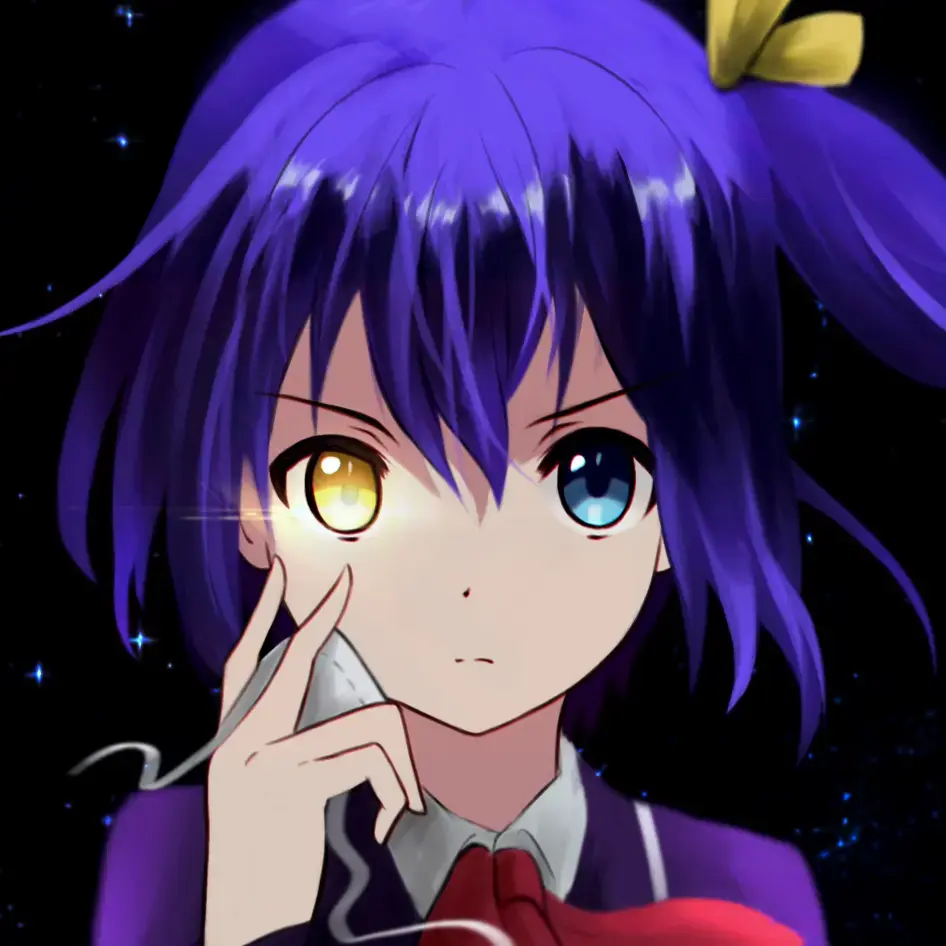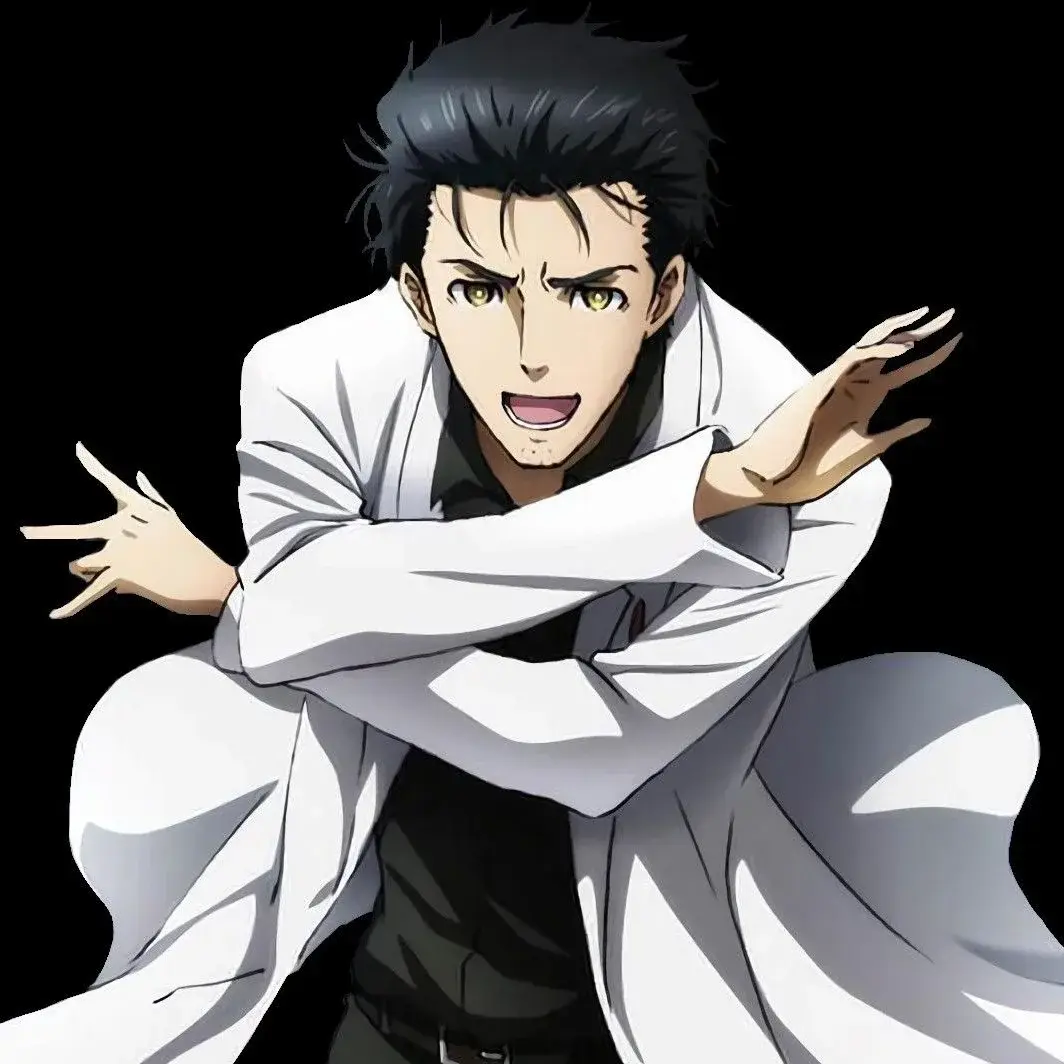Chi.: Chikyuu no Undou ni Tsuite, episode 1

Alternative Names
Chi: About the Movement of the Earth, O ruchach Ziemi, สุริยะปราชญ์ ทฤษฎีสีเลือด
Additional Links
Reminder: Please do not discuss plot points not yet seen or skipped in the show. Failing to follow the rules may result in a ban.
All discussions
| Episode | Link |
|---|---|
| 1 | Link |
| 2 | Link |
| 3 | Link |
| 4 | Link |
| 5 | Link |
| 6 | Link |
| 7 | Link |
| 8 | Link |
| 9 | Link |
| 10 | Link |
This post was created by a bot. Message the mod team for feedback and comments. The original source code can be found on GitHub.
Alright, so we have an entire anime about heliocentrism. I have taught astronomy courses in the past and have a bit of interest in the history of science, so this is right up my alley. There were a couple things they brought up in this first episode that people might not be familiar with:
- Aristotle’s theory of gravity
Aristotle (4th century BCE) believed that everything had a natural place in the cosmos, and gravity was the force that pulled it to that place. In his worldview, earth’s natural place was at the center because it was the heaviest, water’s natural place was to sit on top of earth, air on top of water, fire on top of air, and then the celestial sphere above that with heavenly bodies like the moon embedded on that sphere.
This was a tool that dates all the way back to ancient Greece. The tool has many different uses (literally hundreds), but primarily was used in astronomy for precisely measuring one’s latitude, the elevation of an object in the sky, determining the time of day, measuring the height of objects, etc. It was a tool that was a go-to for any natural philosopher to have and ended up with many religious applications as well such as calculating eclipses, equinoxes, etc.
Believe it or not, this ancient Greek astronomer theorized the heliocentric model of the solar system a full ~1800 years before Copernicus would publish his work. Unfortunately his writings have been lost to time and we only have some small quotations and references to it that survive in later works. There were occasional astronomers that would come in the centuries following that would resurrect the heliocentric model, but it never reached enough of a critical mass to take hold of scientific consensus. The consensus until Copernicus was originally developed by…
Ptolemy was an ancient Greek thinker that proposed a model of the solar system that happened to support the theology of the newly forming Catholic church, which went on to promote the Ptolemy geocentric model and its epicycles as literal Gospel basically. In Ptolemy’s model, the Earth was at the center of the solar system and the other heavenly bodies (moon, planets, sun) moved in these complex loops that wrapped around in a circle while the distant stars were stuck on a celestial sphere encompassing everything that rotated. These complex epicycles were created to explain the occasional periods where planets would move backward in the sky relative to everything else, called retrograde motion. This is the model of the solar system that Rafal drew in the dirt near the end of the episode. Here is that same type of diagram from Wikipedia:

Science lesson over! I will echo @[email protected] in that one thing I didn’t enjoy about this episode was the torture scene that it started out with and then the later burning a heretic at the stake. So, not looking forward to more of that going forward. However, the scientist within me is burning (figuratively) to keep watching.

I really appreciate when an anime is upfront about what it is. I didn’t get too far before I had to go check if this level of torture and violence is what can be expected going forward, and it looks like yes, it’s an ongoing theme. I tend to be sensitive to that sort of thing, so I ended up closing out of the episode in the middle of the fingernail scene. I’m seeing good things about the source material and fans seem happy with the adaptation so far, so I’d expect people who are interested will enjoy(?) it, but personally I have to pass. No rating since I didn’t even come close to finishing the episode, lol.
This will be a painful watch due to a caricature of my religion judged by modern eye, and head filled with
nationalist propaganda

from the day I was born.
As polish/english wikipedia claims Copernicus didn’t really have been made heretic for his work directly. There was an Ordinary that had been his rival and accused him of heresy. Although he was ostracized by some people. His work wasn’t presented as a theory but as hypothesis and didn’t made it to the banned books list until 17th & 18th century, when Kepler added some cool ellipses and made it an actual theory on how the world works.
That is a good point. If people are unfamiliar with the history of this time period, they might mistake this as being more accurate than it actually is. This is clearly a very fictionalized version of our world. Even the torture implement we see Nowak walking around with (the pear of anguish) most likely did not exist during this time period and was merely imagined hundreds of years later.
Anyway, you have given me an excuse to nerd out about some science history, so I will gladly take it…
The most famous prosecution of geocentrism by the church is likely Galileo. His use of the telescope and observations of both the four large moons of Jupiter (we still call them the Galilean Moons) as well as the phases of Venus were strongly supportive of a heliocentric solar system and could not be explained in a Ptolemaic system. However, Jesuit astronomers at the time were able to replicate his findings and did not dispute him. Instead, it caused most geocentric scholars of the time to support a variation on the heliocentric model that was earlier developed by Tycho Brahe (an outstanding astronomer btw), called the Tychonic System. This model had the Earth in the center of the solar system, and the Sun orbiting the Earth. However, all the rest of the planets orbited the Sun, just like in the heliocentric model:

In the absence of an understanding of the force of gravity (which Newton won’t publish for another 100 years), this model actually works very well. It was basically the most accurate predictor of astronomical objects of its day. The heliocentric model wouldn’t become more accurate until after Kepler’s laws of planetary motion fully described the planet’s orbits as ellipses instead of circles a couple decades later (like you mentioned). Kepler actually used the incredibly precise measurements made by Tycho Brahe to prove the accuracy of his model.
Anyway…back to Galileo. He was prosecuted twice. The first time he was basically just told to stop teaching about heliocentrism. He then proceeded to write a whole book about it in which he thinly veils calling the pope an idiot the whole way through. This is most likely what led to his second prosecution as church scholars of the time didn’t look kindly on calling the infallible pope stupid. However, even after all that, he was only ever placed under house arrest until he eventually died.
One of the only natural philosophers of the time that I know of that was actually executed is Giordano Bruno. He publicly espoused heliocentrism, was eventually tried by the Inquisition, and then executed. However, heliocentrism is only one of many, many heretical things that he advocated. Some others would be pantheism (nature is God essentially) as well as reincarnation of the soul (directly contravening the church’s doctrine of an afterlife). These beliefs were much more transgressive than his heliocentrism advocacy.
deleted by creator




